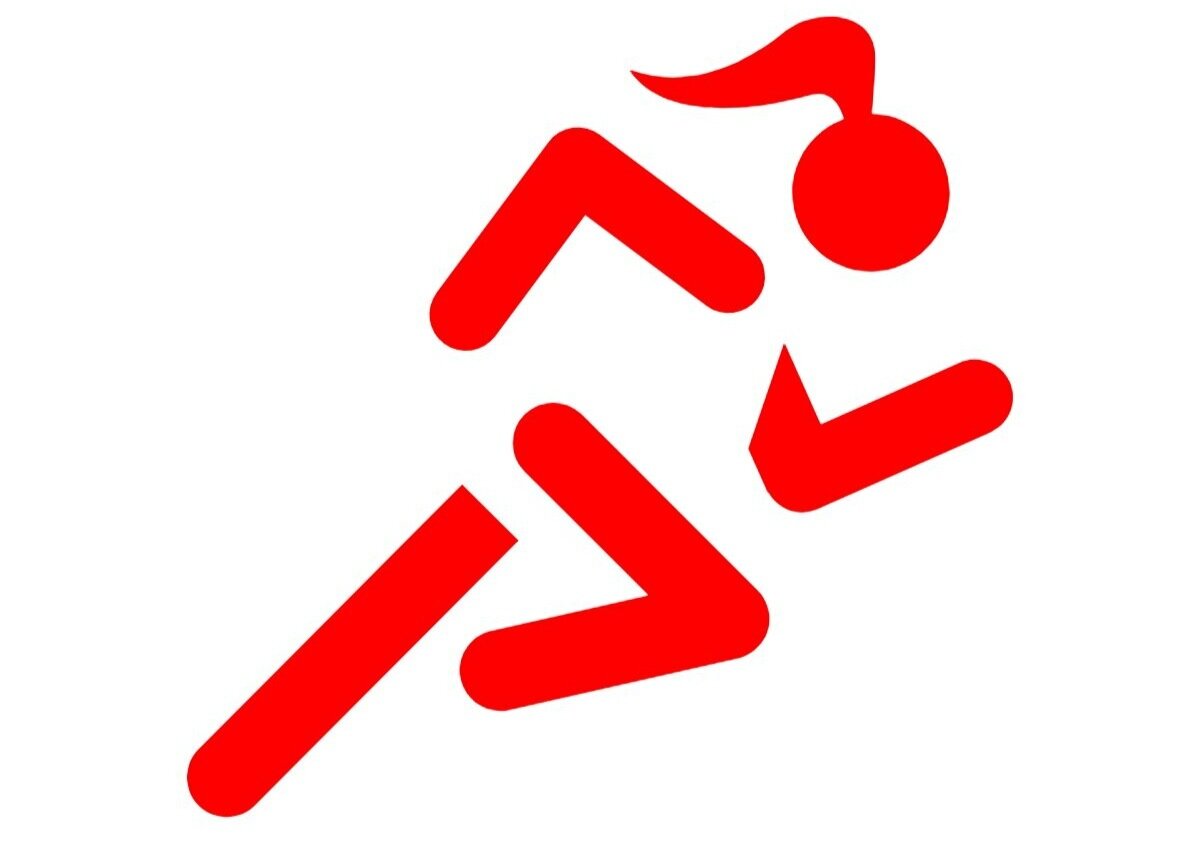Strength training to avoid running injury
First things first, if something hurts, stop doing it! Rest, apply ice (up to 10 mins, 2 or 3 times a day) and then gradually test movement.
If you have to miss a running session or homework, it's OK and it doesn't mean you can't continue and finish the course. Even if you miss a whole week of running, I can adapt the plan for you to get you back up to speed.
There are two types of injury:
Overuse (something that builds up from repetitive actions)
Acute (something that happens suddenly)
There isn’t a lot that we can do to prevent acute injuries – things like trips and falls – although being stronger and practicing running on different surfaces can help to an extent.
What we can do more about is preventing overuse injuries – in running terms, these most likely result from an imbalance somewhere in our running mechanism, or by weaker muscles that aren’t doing their job properly. Overuse injuries can also result from doing too much too soon – if our bodies aren’t tuned up for an activity doing too much can result in injury. You don't need a gym full of equipment - using your own body weight is a great way to get started.
In running, common overuse injuries tend to be focused around the lower limb: knees, shins and feet. By strengthening the muscles in this area, it will help to prevent and “cure” injuries.
Key muscles to strengthen:
Gluteals (buttocks)
Quadriceps (front of thighs)
Hamstrings (back of thighs)
Calves (back of lower leg)
Feet
Exercises that can help to strengthen include:
Squat: start with sit to stand with two legs, then two legs to one leg and finally one leg. You can then repeat the progression with additional weight (cans, bottles, a backpack or even dumbbells, kettlebells or a barbell)
Good mornings: Start with both legs and progress onto a single leg (known as a Romanian deadlift) and then repeat progression with weights
Heel raises: Start with both feet and if necessary support yourself against a wall, then progress to single legs. Once you’ve mastered that unsupported you can increase the drop by standing on the edge of a step
Towel scrunch: Start with a towel on a slippery surface, progress to add some weight to it (like a half filled bottle); progress to a non-slippery surface (like a carpet)
For advice on how to incorporate strength training into your running, get in touch
